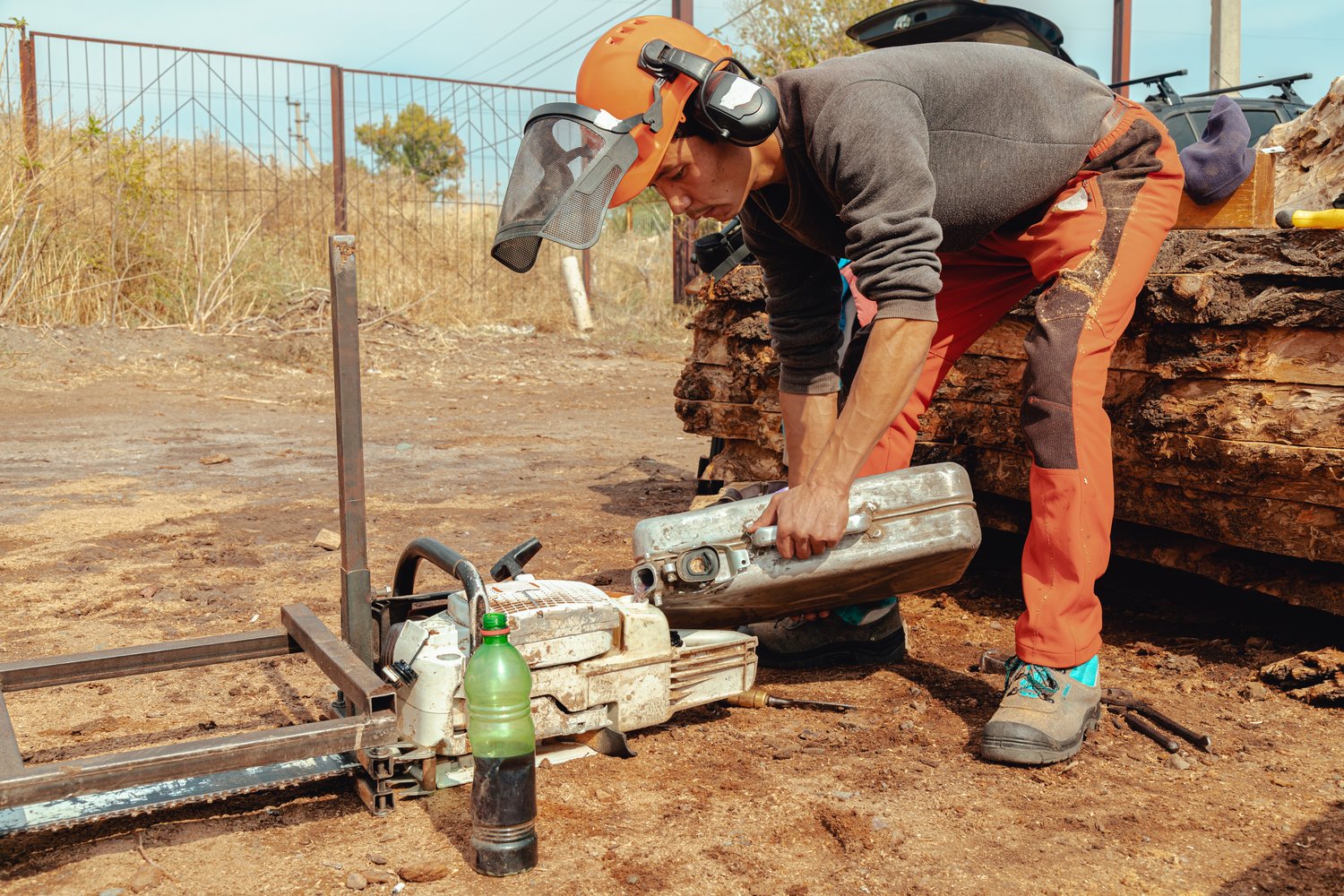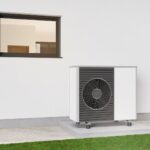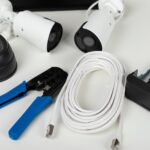Understanding Pneumatic Tools
Pneumatic tools are essential for many construction projects. These devices use compressed air to operate, providing powerful performance. They offer several advantages over traditional hand tools. Pneumatic tools https://onninen.pl/en/products/Tools-and-OHS/Pneumatic-tools can increase productivity by up to 30% on job sites. Their lightweight design reduces worker fatigue during extended use. Additionally, these tools require less maintenance compared to electric or gas-powered alternatives.
Benefits of Nailers and Fittings
Nailers are among the most popular pneumatic tools in construction. They drive nails quickly and consistently, saving time and effort. Modern nailers can fire up to 60 nails per minute. Fittings are crucial components that connect air hoses to tools. High-quality nailers and firrings https://onninen.pl/en/products/Tools-and-OHS/Pneumatic-tools/Nailers-and-fittings ensure smooth operation and prevent air leaks. Proper maintenance of these parts can extend tool life by up to 50%.
Choosing the Right Nailer for Your Project
Selecting the appropriate nailer is crucial for project success. Different nailers are designed for specific tasks and materials. Framing nailers, for instance, are ideal for heavy-duty construction work. Finish nailers are perfect for trim and molding installation. Brad nailers https://onninen.pl/en/products/Tools-and-OHS/Pneumatic-tools/Nailers-and-fittings/Nailers excel in delicate woodworking projects. Consider factors like nail size, magazine capacity, and firing mode when making your choice.
Maintaining Your Pneumatic Tools
Proper maintenance is key to ensuring the longevity of your pneumatic tools. Regular cleaning prevents dust and debris buildup, which can affect performance. Lubrication is essential, with most tools requiring oiling every 1-2 hours of use. Check air hoses and fittings for leaks or damage before each use. Store tools in a dry environment to prevent rust and corrosion. Following these steps can double the lifespan of your pneumatic equipment.
Safety Considerations for Pneumatic Tool Use
Safety should always be a top priority when using pneumatic tools. Always wear appropriate personal protective equipment, including safety glasses and hearing protection. Ensure proper training for all operators before use. Never exceed the manufacturer’s recommended air pressure, typically around 90 PSI for most tools. Disconnect air supply when changing accessories or performing maintenance. These precautions can reduce workplace accidents by up to 75%.
Optimizing Air Compressor Setup
An efficient air compressor setup is crucial for pneumatic tool performance. Choose a compressor with sufficient capacity for your tools’ air consumption. A general rule is to have 3-4 CFM (cubic feet per minute) of air flow per tool. Use appropriately sized air hoses to maintain pressure. Install water separators and air filters to ensure clean, dry air reaches your tools. Proper setup can improve tool efficiency by up to 20% and reduce wear.
Cost-Effectiveness of Pneumatic Systems
Investing in a pneumatic system can be cost-effective for many businesses. Initial costs may be higher than traditional tools, but long-term savings are significant. Pneumatic tools typically last 2-3 times longer than their electric counterparts. They consume less energy, with potential savings of up to 30% on electricity bills. Maintenance costs are also lower, often requiring only simple in-house servicing. Consider the total cost of ownership when evaluating pneumatic systems for your projects.
Innovative Applications in Construction
Pneumatic tools continue to evolve, offering innovative solutions for construction challenges. New designs allow for greater precision and control in specialized applications. Some nailers now feature depth adjustment, ensuring consistent nail placement. Advanced air motors provide increased power while reducing air consumption. These innovations can lead to productivity gains of up to 40% in certain tasks. Stay informed about new developments to maximize the benefits of pneumatic technology in your projects.





